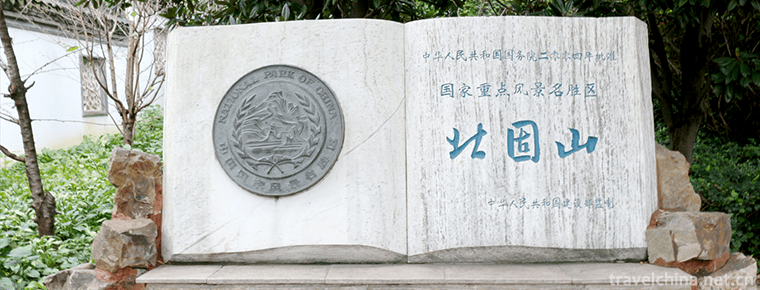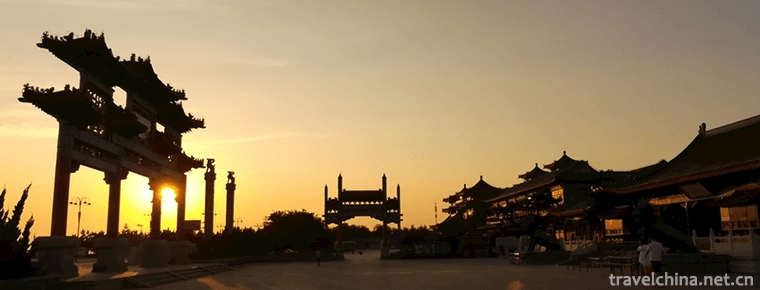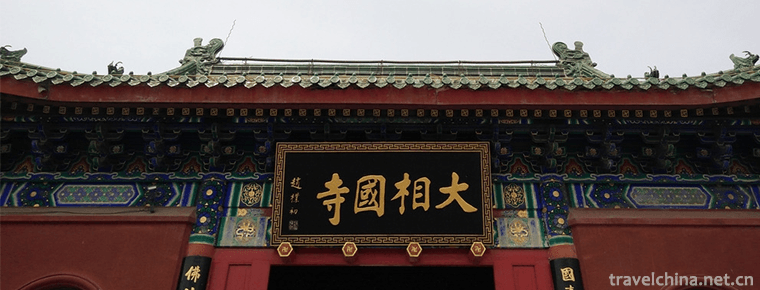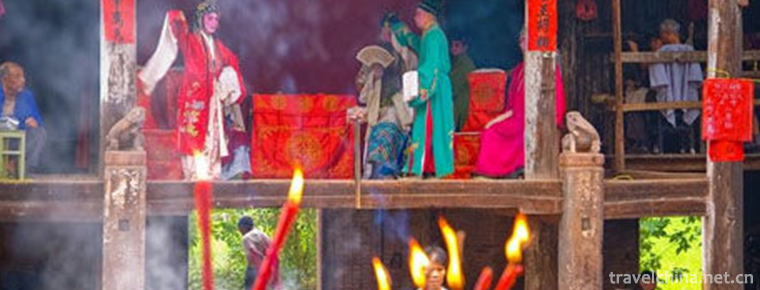The Prince Gongs Mansion
The Prince Gong's Mansion, located in Liuyin Street, Xicheng District, Beijing, is a national key cultural relic protection unit. It was the largest royal palace in the Qing Dynasty. It has been used as the residence of Heyou and Yongli successively. In 1851, Wang Yixin became the owner of the house, and the name of Gong Wang house was derived from it. Gong Wangfu is a large-scale mansion with an area of about 60,000 square meters. It is divided into two parts: mansion and garden. It has more than 30 different architectural communities. The layout is exquisite and magnificent.
Gong Wangfu has gone through the historical process of the Qing Dynasty from its heyday to its downfall, carrying a wealth of historical and cultural information, so there is a saying of "a Gong Wangfu, half of the history of Qing Dynasty". With the concern of Zhou Enlai, Gu Mu and Li Lanqing, the renovation of the Imperial Palace was completed in 28 years, making it the only Qing Dynasty palace open to the public.
After the collapse of the Qing Dynasty, the property rights of the residence belonged to Furen University. In the early 1980s, the imperial palace of Gong had become a complex inhabited by hundreds of households separated by eight units, with more than 200 households. To restore Gong Wang Fu, the primary task is to relocate. In 1988, the Garden of King Gong's Mansion was opened to the public. In 2008, after the restoration of the mansion was completed, the Garden of King Gong's Mansion was fully opened to the public.
Gong Wangfu is located in the Shichahai area of Beijing's geomantic omen, covering an area of more than 60,000 square meters. The "99-and-a-half" rear hoop blocks the waist and divides it into mansions and gardens. The mansions are magnificent and the gardens are beautiful and flourishing. In the front and back seas of the Royal Palace and the Baylor palace, the Royal Palace is called "the best landscape in the city" because of its richness, and it is even more famous for its comparability to the Palace Museum mansion.
The palace of Gong Wang was first built in the Qianlong period of the Qing Dynasty. In the early years of Tongzhi, Yixin, Prince of the third generation, as well as the chief minister of government and military aircraft, was the master of the palace, and renovated part of the palace. The size and structure of the Gong Wang mansion that we saw was finally formed at that time.
The first half of King Gong's mansion is a magnificent mansion, and the second half is a secluded and beautiful classical garden, covering an area of nearly 60,000 square meters. The mansion was solemn and solemn, with simple architecture, ridge-opening corridors, and magnificent air, second only to the palace where the emperor lived. The Chaijin Garden behind the mansion is surrounded by mountains and rivers with towering ancient trees, curved galleries, pavilions and pavilions, and is a model of Chinese garden architecture.
According to the existing literature, this is surrounded by "Panlong water" on the West Bank of the capital city of Qianhai.
On the geomancy treasure ground, Yuan and Ming Dynasties once had a large-scale temple, fragrant fire, visitors such as weaving, even the emperor also came here to worship Buddha incense. About the middle of the sixteenth century, the monastery was gradually abandoned and reduced to a supply factory of the Ming Dynasty; after the Qing Dynasty came to Beijing, courtyards of different sizes were built here for the residence of ordinary banners such as the House of Internal Affairs.
Forty years before and after Qianlong, he was red and purple in front of the emperor. He met this place, which was surrounded by the water, adjacent to the West Mountain, and not far from the "Emperor's home", so he bought many houses here at a high price and built it into a famous "He".





























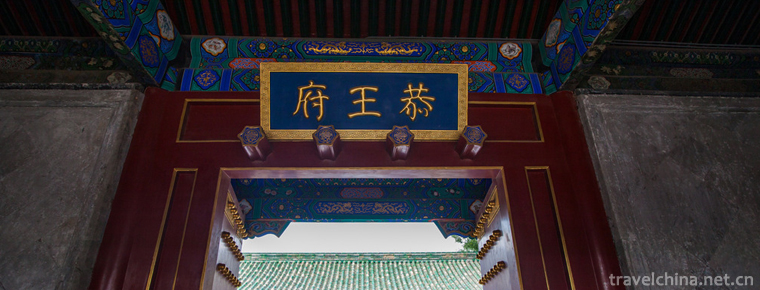
-
Dukezong Ancient City
The ancient city of dkkzong is the best preserved and largest Tibetan residence in China.
Views: 184 Time 2018-10-20 -
Xibaipo Scenic Area Pingshan County Shijiazhuang
Xibaipo is located in the middle of Pingshan County, Shijiazhuang City, Hebei Province, with a total area of 16,440 square meters. It was the seat of the CPC Central Committee.
Views: 147 Time 2018-11-24 -
Beigushan HillBeigu Mountain
Beigu Mountain, one of the three scenic spots in Zhenjiang, overlooks Beigu, pillows the river, rocky walls, and the mountain is dangerous, so it is named Beigu Mountain.
Views: 118 Time 2018-12-06 -
Sanxianshan Scenic Area
Sanxianshan Scenic Area is located in the northern end of Penglai City, Shandong Province, along the Yellow Sea. It is adjacent to Baxian Cross-Sea Scenic Area in the west,.
Views: 131 Time 2018-12-17 -
Xinglong mountain
Xinglong Mountain is the nearest National Natural Forest Reserve to Lanzhou City. It is located five kilometers southwest of Yuzhong County, Lanzhou City, 60 kilometers away from Lanzhou City.
Views: 171 Time 2018-12-24 -
The daxiangguo Temple
Daxiangguo Temple, formerly known as Jianguo Temple, is located in the western section of Kaifeng Freedom Road. It is a famous Buddhist temple in China. It was founded in Tianbao, Northern Qi Dynasty.
Views: 205 Time 2019-01-07 -
Carrying a number
Handling trumpets is one of the trumpets of traditional folk songs. It is popular in many fields, such as manual workers, such as loading and unloading, lifting, pushing and pulling goods..
Views: 462 Time 2019-04-03 -
Hengshui painting
Hengshui Inner Painting, a traditional folk art in Hengshui, Hebei Province, is one of the national intangible cultural heritage..
Views: 208 Time 2019-05-03 -
Qiyang Opera
Qi Opera is one of the traditional local dramas in Hunan Province. It is also called Qiyang Band, Qiyang Opera in the early years of the Republic of China, and Qiyang Qidong Opera in the folk.
Views: 94 Time 2019-06-10 -
Fallen Drama zhui zi xi
Fallen Drama, a traditional drama in Shenze County of Hebei Province and Suzhou City of Anhui Province, is one of the national intangible cultural heritages..
Views: 235 Time 2019-08-16 -
Wawu mountain
Wawu Mountain National Forest Park is under the administration of Hongya County, Meishan City, along the western edge of Sichuan Basin. It is 180 km away from Chengdu and covers an area of 1.05 million mu. .
Views: 291 Time 2020-10-15 -
Education in Yibin
In 2019, there will be 11000 students enrolled, 50900 students and 13600 graduates. There are 4 graduate training units, 393 graduate students, 918 students and 68 graduates. There are 17000 students in adult colleges and universities. 43500 pe.
Views: 239 Time 2020-12-18


